All-weather solar panels could generate electricity from rain drops
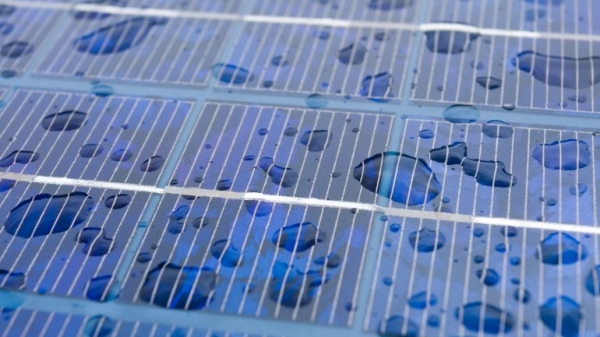
A graphene layer on solar cells and precipitation make an ideal electricity-producing pair
A graphene layer on solar cells and precipitation make an ideal electricity-producing pair
Energy efficiency is improving steadily in all types of solar cells, and many of them can still work to produce energy in partial shade since some of the sun’s photons are still getting through. However, in order to operate at peak efficiency and be worth the investment, they need steady sunlight. The breakthrough comes from scientists in the Ocean University of China in Qingdao and Yunnan Normal University in Kunming, who are close to creating solar cells that can be efficient even when it rains!
The innovative graphene-layer
Their work was published last spring in the journal Angewandte Chemie. They came up with a type of hybrid dye-sensitized solar cell, coated with a whisper-thin film of graphene that enables it to produce a reliable amount of electricity in the rain. Graphene is actually a very simple material, consisting of carbon. What differentiates it from other forms of carbon like graphite or charcoal is its structure, as it is a two-dimensional honeycomb lattice at the atomic scale. It’s a flat structure of repeating hexagons, which is very stable once it’s applied to a substrate. Graphene conducts electricity and consisting of a single-atom-thick layer of carbon atoms, allows a plethora of electrons to move freely across its surface (delocalized). In aqueous solution, graphene binds positively charged ions with its electrons - a process known as the Lewis acid-base interaction. This phenomenon, together with the knowledge that raindrops are not pure water, but they contain salts that dissociate into positive and negative ions, drove scientists to the conclusion that precipitation and graphene could make an ideal electricity-producing pair.
So, when slightly salty water rolled down on the graphene-coated solar cells, simulating a light rain, electricity was produced. That’s because the salts that are naturally contained within raindrops tend to dissociate into their component ions, and the positively-charged ones (mostly ammonium, sodium, and calcium ions) are eager to interact with the negative ions in the graphene. At the point of contact between the raindrop and the graphene, the water becomes enriched in positive ions and the graphene in delocalized electrons respectively. This results in a double-layer made of electrons and positively charged ions, a feature known as a pseudocapacitor. The difference in potential between the two layers is sufficient to produce a voltage and current.
In sunny conditions, the graphene layer on top does not interfere in any way with the solar cell’s normal function.
Even though the experiment is still in the 'proof of concept' phase, the results have been promising, as the researchers were able to generate hundreds of microvolts and achieve a respectable 6.5% efficiency in the rain (the typical average efficiency of a solar cell in full sun conditions is 20-25%). If this technology is advanced, then these all-weather cells would provide a clean form of energy even in climates or seasons that are dominated by clouds and rain, something that is not possible today.
Source: ResearchSEA
Source: ResearchSEA
Want to read more like this story?

Graphene: a key element in water desalination
May, 12, 2017 | NewsResearchers found that it can filter common salts from water to make it potable Researchers found...
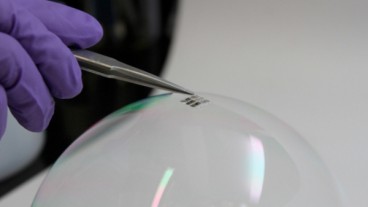
Introducing the thinnest solar cell ever created!
Mar, 09, 2016 | NewsImagine a photovoltaic cell 50 times thinner than a human hair… Now it is real! Yet, only in...
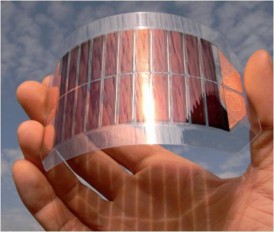
Fullerene-free polymer solar cells exhibiting great efficiency and stability have been invented
May, 27, 2016 | NewsPolymer solar cells can now be even cheaper and more reliable thanks to this new breakthrough Pol...
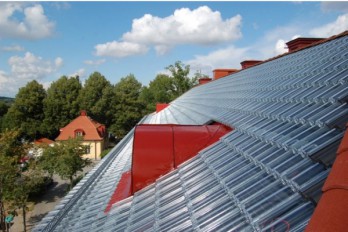
Can glass produce electricity? A Swedish company claims that it can!
Oct, 04, 2017 | NewsThey produce semi-transparent solar panels that can generate solar energy from glass facades, window...
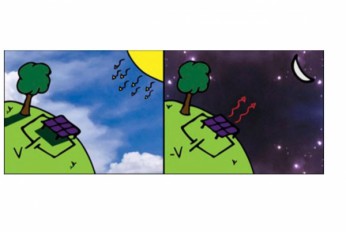
Scientists develop solar panels that can produce energy during the night
Nov, 15, 2019 | NewsScientists from the University of California, Davis, have developed new solar panels that can genera...

New Sustainable Concrete Mix Cuts Emissions and Boosts Strength
Oct, 26, 2024 | NewsRecent studies have taken a significant leap in sustainable construction by developing an advanced...
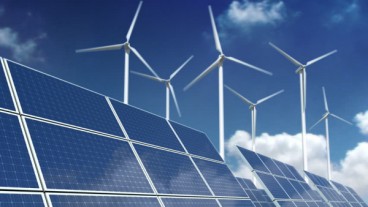
Solar and wind energy could cover 80% of US electricity demand
Mar, 27, 2018 | NewsInvestment in greater storage and expansions of transmission capabilities are key factors according...
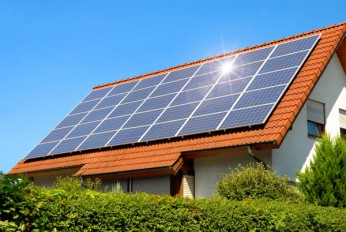
2016 will be a Solar-bright Year!
Mar, 21, 2016 | NewsThe solar sector will most likely add more new electricity-generating capacity than any other The...
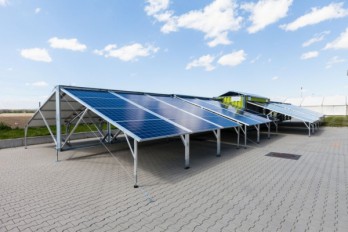
SolarContainer: A foldable mini power plant
Jun, 14, 2017 | NewsReady in two hours to start producing electricity Ready in two hours to start producing electricity...
Trending

Vertical gardens in Mexico City to combat pollution

Saudi Park Closed After 360 Big Pendulum Ride Crashes to Ground, 23 injured

Characteristics of Load Bearing Masonry Construction

Taipei 101’s impressive tuned mass damper

Dutch greenhouses have revolutionized modern farming

Federal court rules Biden’s offshore drilling ban unlawful


